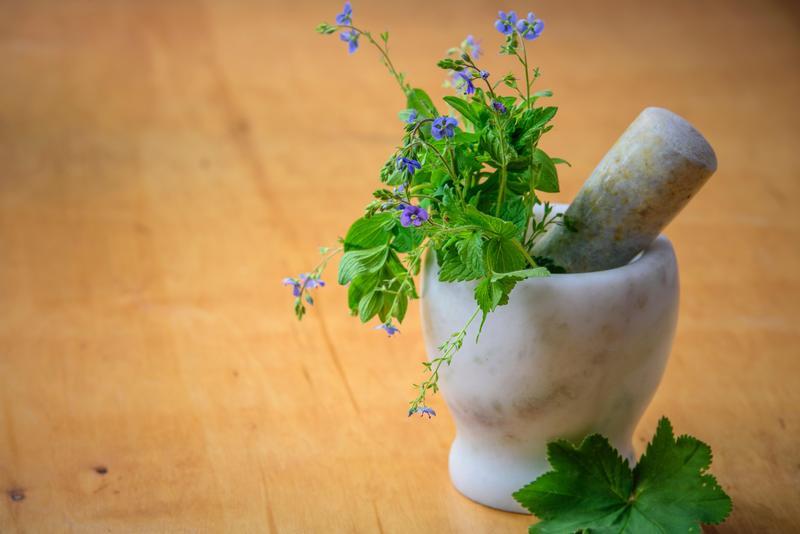NATUROPATHIC OR ALLOPATHIC...........NOW THAT IS THE QUESTION.
NATUROPATHIC OR ALLOPATHIC...........NOW THAT IS THE QUESTION.
Naturopathic, Holistic, Alternative, natural/ nature based, herbal. All of these can be used to describe the method of treating dis-ease that does not fall into the normal that society has become accustomed to since its birth in the 18th century. Modern medicine has brought so much relief to many through such things as Penicillin, vaccines that have made certain killer diseases almost extinct, as well as surgical procedures and many other wonderful discoveries. However, in all of the research and discoveries, some things have been lost. The ability to take time with the patient. Allopathic (modern) doctors do not spend hands on time with the people that come to see them. They reduce the person to a handful of symptoms and treat those as if they were standing alone and not related to each other or a result of something entirely different. Society has become accustomed to going to the doctor whenever anything seems not normal, and receiving a pill to make it all better. If someone doesn’t come away with a prescription they feel somehow cheated and wonder if they should get a second opinion. Doctors have taken to prescribing antibiotics in such a fashion that diseases are becoming resistant and that is creating a serious issue.
Modern medicine has created serious problems with addictions to drugs, making emotions seem like they are a bad thing, prescribing psychiatric drugs at a rapid pace and then more drugs to counter act the side effects of those drugs.
Traditional natural medicine, Chinese medicine, Ayurvedic, Alternative. These describe ways of discovering why someone is presenting certain symptoms. The practitioner would take the time to assess the entire person. Asking questions such as what they do for work, hobbies, family life, sleep patterns, eating, etc. It is a very in depth assessment that takes all areas of the person’s (not patient) life, emotional, mental and physical situation into account. The practitioner spends time taking pulses all over the body, looking at the person’s eyes, tongue, ears, testing the reflexes and many other things. This takes time. Usually the initial appointment can take up to and maybe over 2 hours.
Lifestyle changes, diet changes, supplements, exercise changes or additions, fluid intake, bowel movements, all of these things would be addressed to relieve the dis-ease that the person is exhibiting. Have you noticed that dis-ease is used instead of disease? It is because the person in question is experiencing dis-ease in the body. The flow of energy has been disrupted by something and needs to be realigned. This can take the form of many different instructions and implementation of different foods, fluids and other items into the person’s lifestyle. Yes it is a bit more complicated than just popping a pill and going on with things. However, taking the time to actually be involved with health and wellness has its benefits.
Be the first to post a message!
